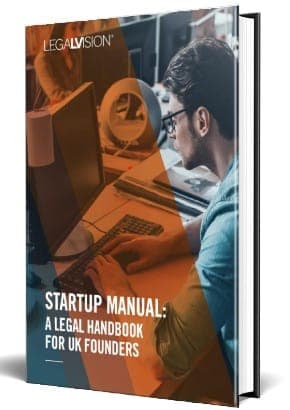Table of Contents
If you are a designer or a design business in England, you will need to know how to protect your intellectual property, which is your designs, ideas and products. You need to protect your intellectual property against competitors in order to avoid other companies copying your brand designs. This article will discuss how you can protect your intellectual property through design rights and copyright. These protect your intellectual property in different but equally important ways.
Design Rights
Design rights are focused on the visual appearance of your product or item. Your product’s appearance is subject to design rights in terms of its:
- lines;
- shape;
- texture;
- colour;
- materials; and
- configuration or construction.
Design rights are important because they:
- deter competitors from copying your designs;
- provide you with legal recourse if a competitor infringes your rights; and
- provide you with exclusivity for your creations.
Unregistered Design Rights
Unregistered design rights are automatic design rights attached to a product’s visual appearance. They are not registered with the Intellectual Property Office and, therefore, have less legal protection.
Unregistered designs present a more challenging task in bringing infringement proceedings against someone who copies your product. This is because you will have to prove the date you created the design and that you alone created it. To do this, you will therefore need evidence such as:
- original, dated drawings;
- proof you created the product; and
- dated photographs.
It is also advisable that an intellectual property professional holds these to ensure correct formalities. Unregistered design rights are riskier for designers to rely upon due to the evidential burden if a competitor infringes on your rights. Registering your design rights to keep the process straightforward if someone attempts to copy your product is much more advisable.
Registered Design Rights
The most crucial difference between unregistered and registered designs is that it is easier to bring infringement proceedings against someone when your design is registered. This is because it is much more straightforward to establish:
- who owns the design;
- when you created it; and
- when the design was registered.
Your intellectual property rights are easily enforceable if you register your design with the Intellectual Property Office for 25 years. However, you will need to renew them every five years to preserve your legal protections.

LegalVision’s Startup Manual is essential reading material for any startup founder looking to launch and grow a successful startup.
Copyright
Copyright is a legal right that stops other businesses from using your creative work without consent. It is an automatic right once you have created things like:
- original literary works;
- software;
- databases; and
- music recordings.
Once you have created a new work, you can use the © symbol, which refers to copyright. This notifies anyone who sees the symbol that your work is subject to copyright and therefore protected from use without consent. As a designer, this means that any documentation you have drafted relating to your designs will be protected, and others will be unable to:
- copy your designs;
- distribute copies of your designs; or
- sell any of your designs.
You can, however, choose to license, sell or transfer your copyright if you wish. If you own the copyright of any creative work, it is up to you how you use it. Therefore, you can monetise your copyright by licensing the use of your work in certain aspects, or you can sell it to another business which then transfers the ownership of the work.
How Copyright Helps Designers
Copyright can help designers like you to protect documentation that details your design work or any artistic or literary work that exists as part of the completed design.
The paperwork is written up and drafted before a design is created automatically. This means that design rights and copyright have a slight overlap with one another as they are often related to the same design. If both exist and there is a breach, you can take legal action regarding both infringements of design rights and copyright against anyone who attempts to copy you.
Continue reading this article below the formKey Takeaways
The two most common types of intellectual property used by designers and design businesses are design rights and copyright. Design rights protect the visual appearance of a product, including its shape, configuration, materials, textures and colours used. Design rights can exist in unregistered or registered forms, but it will be easier to enforce your rights if you register your design rights with the Intellectual Property Office. Copyright is an automatic right that protects creative works, including documentation you would produce when designing a product.
If you need help with registered design rights or copyright, LegalVision’s experienced intellectual property lawyers can assist as part of our LegalVision membership. For a low monthly fee, you will have unlimited access to lawyers to answer your questions and draft and review your documents. Call us today on 0808 196 8584 or visit our membership page.
Frequently Asked Questions
Copyright exists automatically and does not require any form of registration. Once a creative work exists, the copyright comes into force, and your rights are enforceable against anyone who attempts to use your work without consent.
t is advisable to seek advice when registering your design rights as there are criteria you must meet, such as being a unique design. You should contact an intellectual property professional to ensure you complete a robust application with the Intellectual Property Office.
We appreciate your feedback – your submission has been successfully received.











